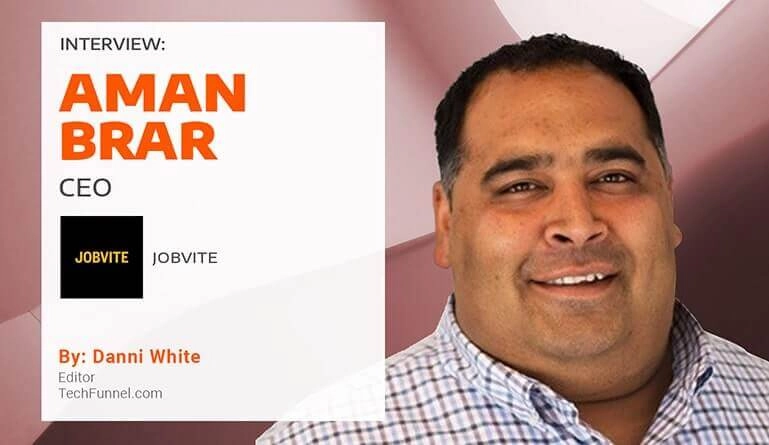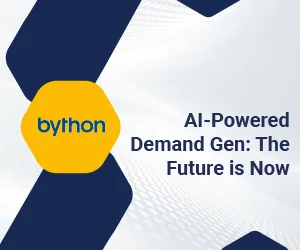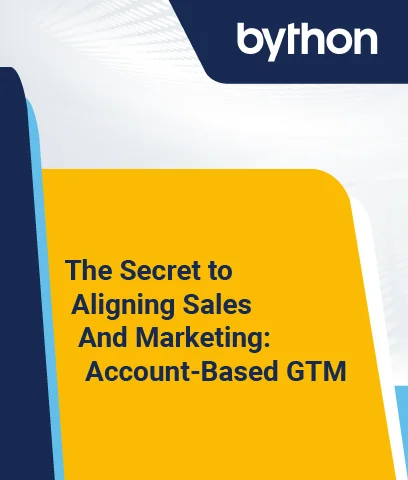Aman Brar, currently the CEO of Jobvite, has an extensive background in leading technology companies through periods of high growth and has also held key corporate strategy and finance roles at Fortune 500 companies. As former president of Apparatus, Aman led the company through a $34.2 million acquisition by publicly traded and global consultancy, Virtusa, in 2015.
Recognizing the need for a method to boost recruiting productivity, Aman and his teammates launched Canvas, the first enterprise-grade text-based interviewing platform that enables recruiters to screen more job candidates and market employment brands.
Prior to Apparatus, Aman was vice president of business development for ChaCha Search, leading its corporate strategic partnership activities. Before returning to Indiana for graduate school, Aman lived in Mountain View, Calif., and led a team responsible for the nation’s first consumer DSL broadband service.
Aman sits on the board of Teach for America Indianapolis, EmployIndy, and is on the Board of Trustees for Wabash College. Aman earned his undergraduate degree from Wabash College and an MBA from the Kelley School of Business at Indiana University – Bloomington.
In this interview, Aman Brar discusses the ongoing and evolving war for talent and how HR automation and intelligence can be infused into the ongoing job cycle. Aman also talks about his journey from ChaCha to Jobvite and how the company is changing the applicant tracking system (ATS) for recruiters. Finally, he shares some of the changes that the HR industry will see in the near future.
DANNI WHITE: Tell us about your journey from ChaCha to Jobvite.
AMAN BRAR: It was an incredible experience to be part of the ChaCha team on the cutting edge of the messaging and automation transformation over a decade ago. After ChaCha, I had an opportunity to team up with an incredible team to scale Apparatus globally. After a successful exit, we couldn’t resist the urge to launch Canvas. We had an amazing launch and lightning-fast revenue growth ultimately leading to an exit, approximately 16 months after we launched, by Jobvite as part of a four company roll-up including Talemetry and Jobvite.
DW: What is Jobvite and how does it help in the war for talent? How is it different from other similar HR systems?
AB: Jobvite is the industry’s first comprehensive end-to-end talent acquisition suite that offers a marketing-inspired approach to recruiting by intelligently attracting dream candidates, automatically screening for the highest quality, engaging employees invested in their futures, and retaining the people who care most about their organizations by combining the power of data and the human touch. Jobvite enables talent teams to personalize the candidate experience with intelligent solutions, automate communication through bot-powered texts, and anticipate the employee journey with internal mobility and referral tools.
DW: In what ways is Jobvite changing the applicant tracking system for recruiters?
AB: We are really expanding the applicant tracking system. The ATS itself is a key component to the candidate journey and talent acquisition success. But it’s one component. Really for enterprise organizations, the talent acquisition process and suite is much broader. So we are taking a wider lens to help our recruiters recruit candidates intentionally, whether that’s for an individual requisition or to build talent pipelines for anticipated roles. And using our suite, recruiters will have the confidence that they are hiring the best candidates.
DW: Jobvite recently made a $200 million acquisition of Rolepoint, Talemetry, and Canvas. What does this mean for the future of the company?
AB: This investment is really empowering our teams to combine the strengths of all four products into a comprehensive end-to-end suite, and give our customers the analytics across the talent acquisition process and workflow. With a central dashboard talent acquisition leaders have clear visibility to see where candidates are at in the pipeline and what sources are most effective. We are actively improving the candidate communication and in turn the candidate experience. And our product teams are taking a wider-lens approach to talent acquisition to consider internal and external candidates.
DW: How does Jobvite infuse automation and intelligence into today’s expanded recruiting cycle?
AB: We love that question. And there are several ways we are doing this across the solution suite. With built-messaging automated throughout the candidate journey, candidate communication is vastly improved. Response rates to text messages and chatbots are so much better than traditional email and phone calls – we are empowering recruiters to increase candidate communication with better response rates and reduce time-to-fill. And AI is built-in across our solution suite. From the front end, where candidates can be presented with jobs that are likely a good match based on their previous search and browsing criteria, to reaching out to multiple candidates at the same time with job updates, to driving decision making.
DW: What are some of the specific, emerging skills that employers are looking for in employees today?
AB: We actually asked that question at HRTech this fall to over 50 talent acquisition practitioners, technologists, and industry leaders. So many of the peopled we talked to agreed that employers are looking for a combination of soft skills, but also the ability to assess data and circumstances as well as make decisions. AI, machines, and technology will continue to automate repeatable processes. But the candidates who have the aptitude to assess data and make decisions as well as soft skills, will become more and more important.
DW: What are some of the most exciting developments coming up in the HR industry?
AB: We are so excited to see what the next few years bring. While it hasn’t always been the case, HR leaders are getting the investments to make in their people. So we really expect to see the industry continue to push the envelope and help HR and TA leaders anticipate, find and retain the best candidates who will drive organizational success. This will mean stronger integrations, better visibility, and increased collaboration.







